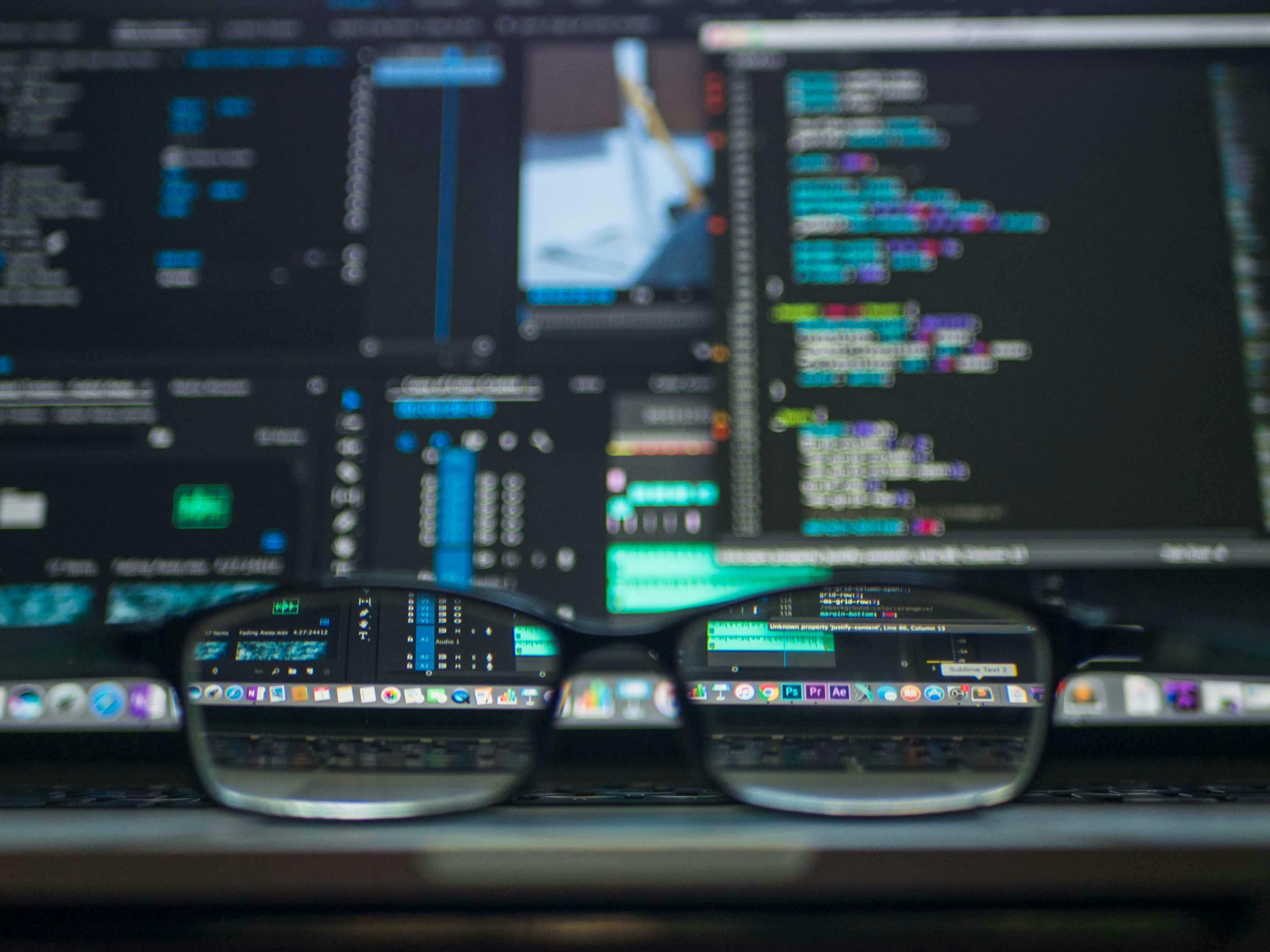Redefine and accelerate your enterprise’s IT operations with our multifaceted cloud migration services
and extensive cloud solutions. We at Embitel, emphasize on people, processes and technology and
obtaining a stellar CSAT is our mantra. As one of the leading and reliable cloud migration service
providers, we are committed to offering:
- Smooth and effortless cloud migration while maintaining your IT assets
- Cloud transformation in compliance with Industry-specific architecture
- Maintenance and management of public, private or hybrid cloud environments with a unified interface
Our Extensive Partner Network
Why Migrate?
What Should You Look for?
- Flexible framework to integrate new data requirements
- Faster and seamless development and iterations
- Business stability and disaster recovery
- Robust security & compliance
- Upgrade IT resource management
- Better cost management
- Cumulative IT insights
- Minimal carbon impressions
Key Considerations Before Cloud Migration
- Cloud types and vendor expertise
- Compliance and regulatory connotations
- Technology skill set
- Cost based on structure – On-premises Vs Cloud Vs Hybrid
- Security and data protection
- Conformity with current SLAs
- Portability
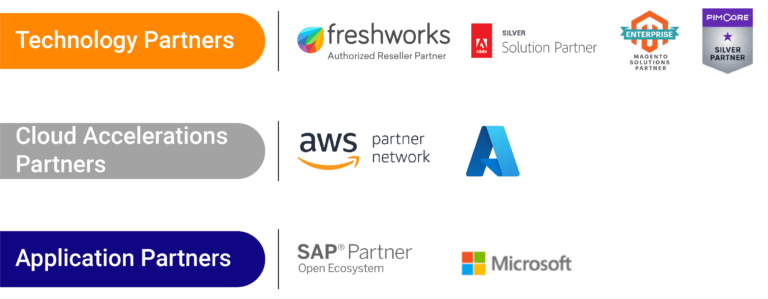
Cloud Migration – Present and the Future
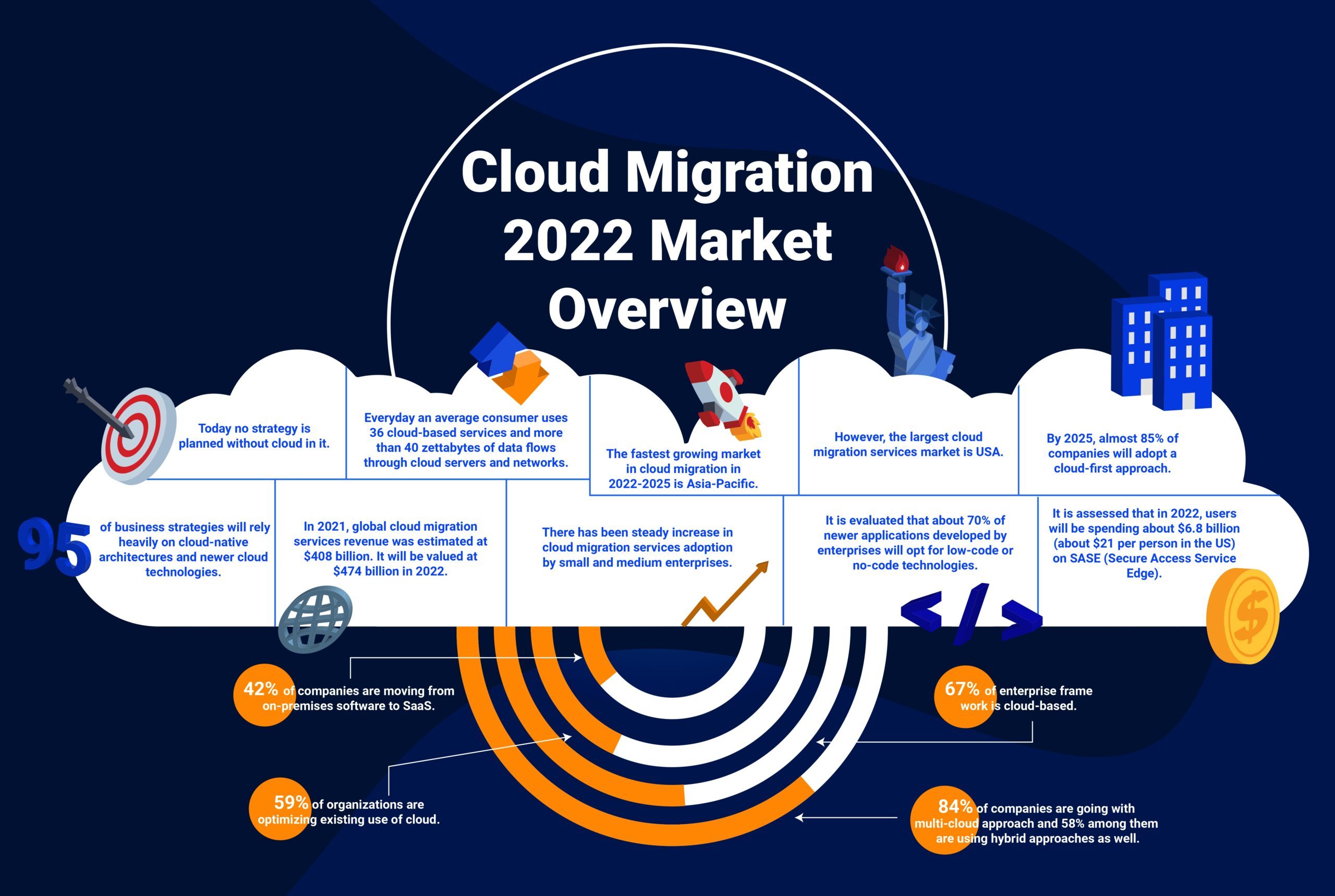
Embitel’s Cloud Migration Expertise
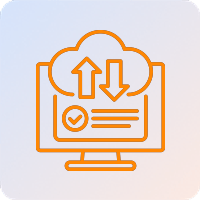
Extensive analysis and assessment for cloud migration
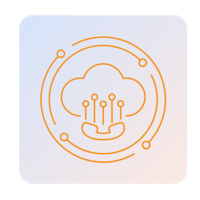
Step-by-step and measured migration to cloud/hybrid-cloud

Integrated application to achieve desired architecture state

Multi-cloud service & cloud optimization management
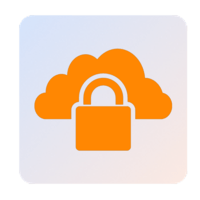
Continuous & centralized security and compliance automation with cloud managed services

Cloud-based digital transformation – CI/CD, DevOps, Application Modernization, Analytics



